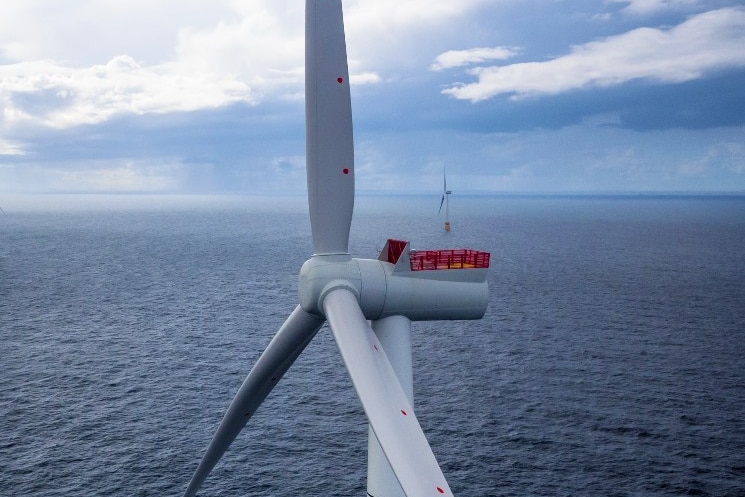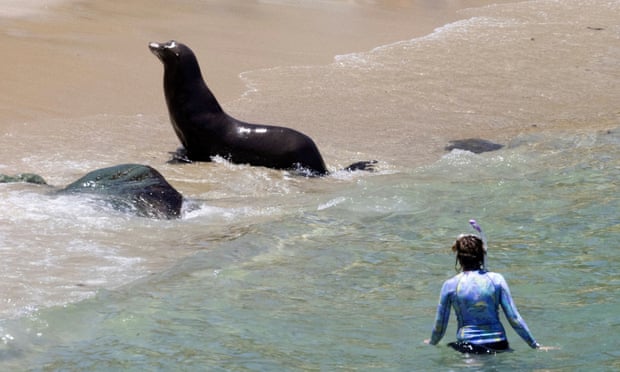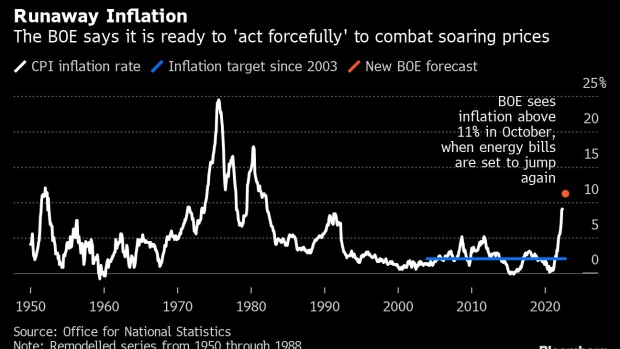Australia 'on track' to generate half its electricity from renewable sources by 2025, report findsSolar is seen as the leading contender to decarbonise global energy systems.
(ABC News: Michael Franchi)
Australia is on track to generate half its electricity needs from renewable sources within three years, according to a report highlighting the extraordinary pace of change underway in the country's energy system.
Key points:
The Australian Academy of Technological Sciences and Engineering says the country's renewable energy share will rise to 69 per cent by 2030
The academy is calling for changes to help guide and coordinate massive investments needed to transition away from fossil fuels
It comes as amid upheaval in the eastern states' power and gas industries, which have been hit hard by soaring prices and fears of supply shortages
In what it described as a snapshot of the industry, the Australian Academy of Technological Sciences and Engineering (AATSE) found renewable energy adoption was galloping ahead as wind and solar power became cheaper.
The group, which is comprised of technical experts, said renewable energy was "tracking towards" 50 per cent of Australia's electricity generation in 2025, a share that was expected to rise to 69 per cent by 2030.
It also suggested Australia's electricity networks would be capable of running on 100 per cent green energy for periods at a time by the middle of the decade.
But the academy stressed that urgent investment was needed, not only in new wind and solar farms, but in the back-up services that would be required to keep the lights on during the transition period.
AATSE said it expected pumped hydro and batteries to fill in many of the gaps but acknowledged that gas may be needed to act as a safety net during times of high demand or when wind and solar were insufficient to produce the required energy.
Big changes, big opportunities
The group also noted the massive scope of challenges facing Australia to power its transport, heating and industry with renewable electricity rather than gas or coal.

Although still the mainstay of Australia's biggest power grid, coal-fired plants are rapidly exiting.
Households leading the charge
Ahead of a major energy forum in Sydney, at which Prime Minister Anthony Albanese will speak, Professor Renate Egan from the University of New South Wales said renewable energy already accounted for nearly a third of Australia's electricity generation.
Professor Egan, who leads the Australian Centre for Advanced Photovoltaics, says this share has doubled in just five years and will need to double again in "at least" 10 years.
She noted the pace of change was being driven to a significant extent by householders, who were behind about half of the renewable energy installed in Australia during 2021.
"Last year, we put on 3 gigawatts of rooftop solar," Professor Egan said.
Professor Renate Egan from UNSW is optimistic about Australia's ability to handle the transition.
(ABC News: Chris Taylor)
"That's about $3 billion of investment by end consumers in energy generation for Australia.
"And we put on a total amount of centralised wind and solar of around 3 gigawatts — so another $3 billion.
"So $6 billion of assets were invested last year in renewable energy generation and half of that was by end consumers who own those assets and want to be able to use it.
"There's a significant change in the way the investments are being made, where it's going and how it's being delivered."
Technologies 'already available'
George Maltabarow, a former managing director at NSW poles-and-wires company, Ausgrid, said the technologies that could carry Australia to a completely renewable state were available but achieving the goal would not be straightforward.
To handle the transition smoothly, Mr Maltabarow argued it was imperative that governments and regulators brought in clear laws and rules to guide investment.
He said investment should include so-called distributed energy resources such as rooftop solar and household and community batteries, large-scale green generation and "firming" services.

Victoria is pinning its hopes on offshore wind to underpin its move away from fossil fuels.(Supplied: Oyvind Gravas)
Mr Maltabarow added that "you'll need smart sensors deployed pretty much everywhere" to ensure the proliferation of solar panels and household devices could be coordinated to the benefit of the grid.
"Conventional wisdom about how much capacity intermittent renewables can be sustained … in a grid, has evolved greatly over the last decade and particularly over the last five years," he said.
"Some overseas grids already support between 50 and 60 per cent intermittent renewables and they're targeting 100 per cent by the mid-2030s.
"But we shouldn't underestimate the challenges of actually getting there.
"What we need to manage this transition are the frameworks that will support the right sort of investment."







